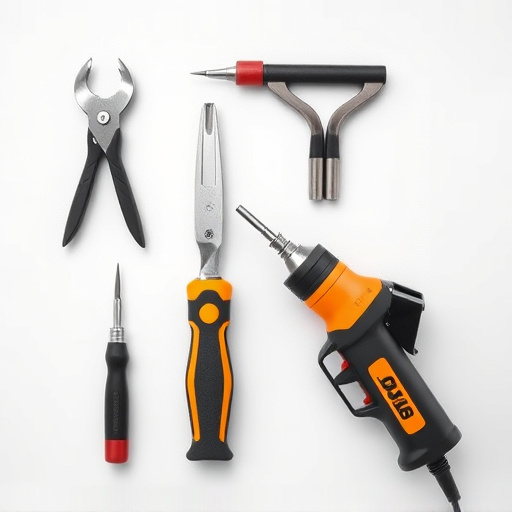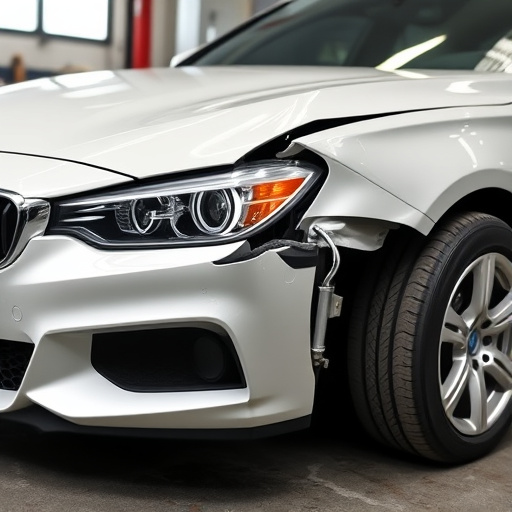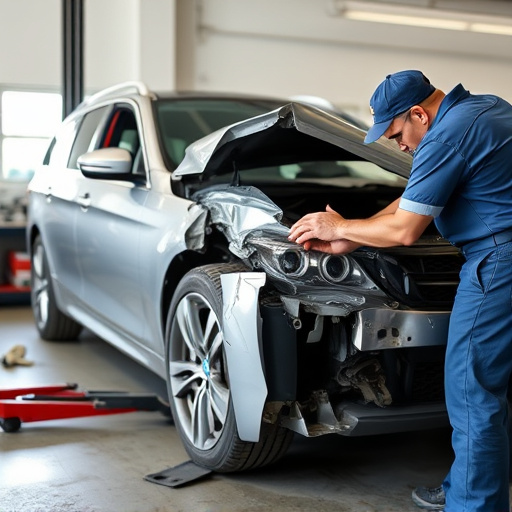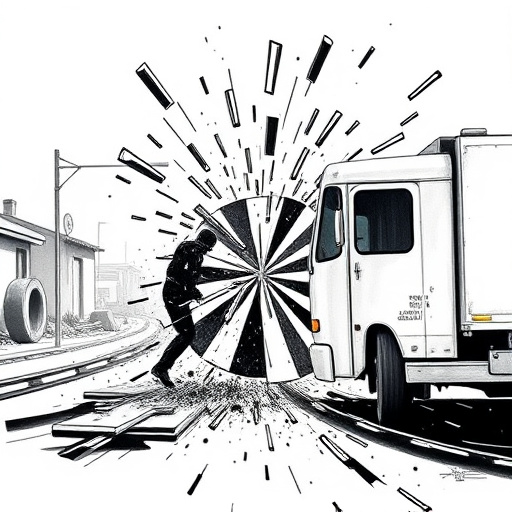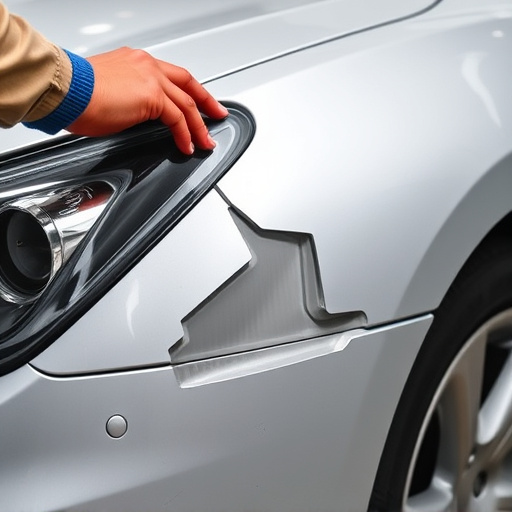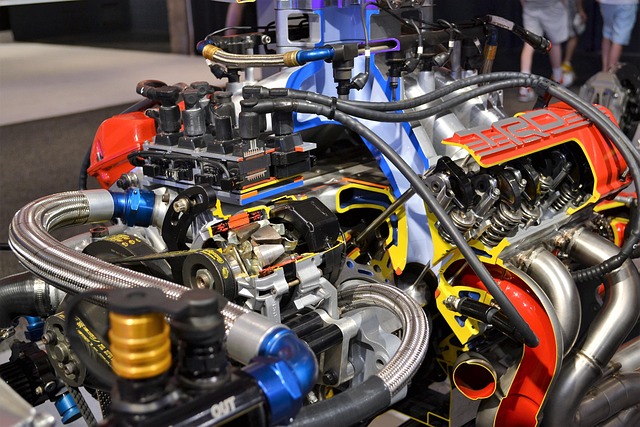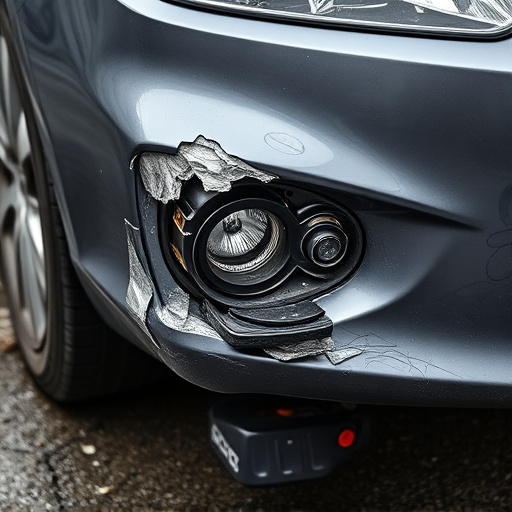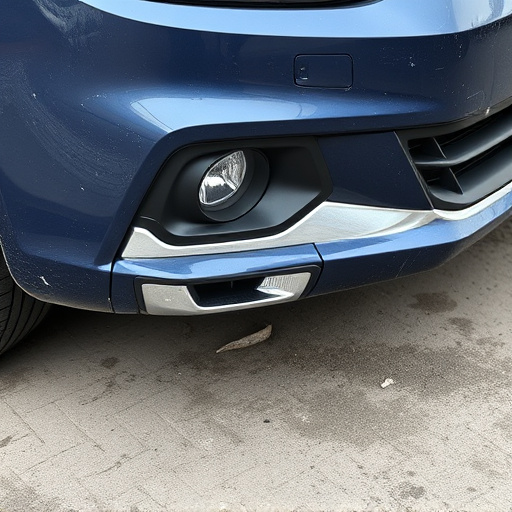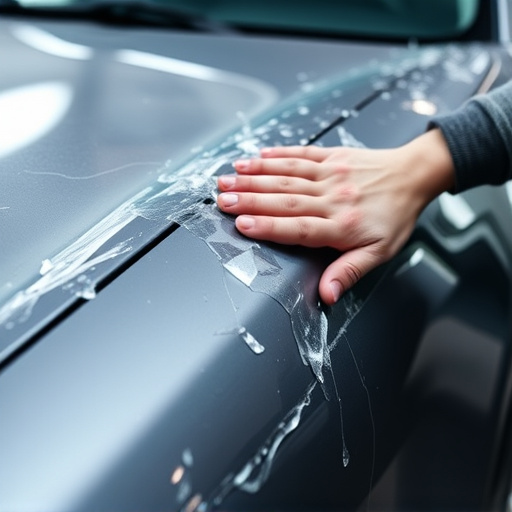After an accident, conduct a thorough alternator inspection and assess vehicle damage. Look for visible injuries, check related components, and consider cosmetic repairs. Early detection of alternator problems prevents severe damage; regular inspections are advised. If symptoms like dimming lights or stalling occur, pull over and inspect. Prompt action ensures safe repairs, enhances vehicle longevity, and maintains resale value.
After an accident, a failed alternator can compound damage. To prevent further harm, follow these steps for alternator inspection and replacement. Before you begin, prioritize safety and assess vehicle damage. Look out for signs like a sputtering engine or dimming lights, indicating a potential alternator failure. This guide covers safe removal procedures, ensuring no additional hazards, and replacing the alternator correctly to restore your vehicle’s optimal performance after an accident.
- Assess Vehicle Damage and Safety First
- Identify Alternator Failure Signs
- Safe Removal and Replacement Procedures
Assess Vehicle Damage and Safety First

After an accident, before attempting any repairs, it’s crucial to conduct a thorough alternator inspection along with assessing overall vehicle damage and safety concerns. The initial step involves securing the vehicle in a safe location, away from traffic. Once parked, carefully inspect the alternator for visible signs of damage, such as cracks, leaks, or loose connections. Check for any related issues like a damaged belt, pulleys, or wires that might have been affected during the collision. This meticulous evaluation is essential to prevent further harm and ensure your safety.
Additionally, look out for signs of corrosion or wear, especially if the vehicle has been in storage or has an extensive service history. An alternator inspection after an accident should also consider the potential need for paintless dent repair or car paint services if there are cosmetic damages that could impact the vehicle’s overall appearance and resale value. Remember, addressing these issues promptly can save you from more significant problems down the line.
Identify Alternator Failure Signs
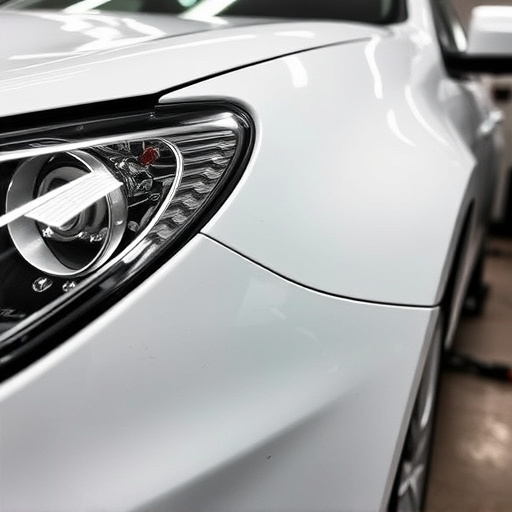
If you suspect an alternator failure, it’s crucial to identify the signs early on to prevent further damage. Regular alternator inspections are key, especially after a car accident or any incident that might have caused stress to your vehicle’s electrical system. Look out for dimming lights, particularly when turning on high-power accessories like air conditioning or headlights at low speeds. This could indicate a failing alternator as it struggles to meet the electrical demands.
Another common sign is a dashboard warning light—often represented by an alternator icon—that illuminates when there’s an issue with the alternator. If you notice this, pull over to a safe location and turn off all non-essential accessories. Then, check for any visible damage during an automotive restoration process; inspect the alternator for wear and tear, cracks, or loose connections. Similarly, if your vehicle experiences stalling or struggles to start, it could be due to an alternator problem, requiring prompt vehicle dent repair and a thorough examination.
Safe Removal and Replacement Procedures
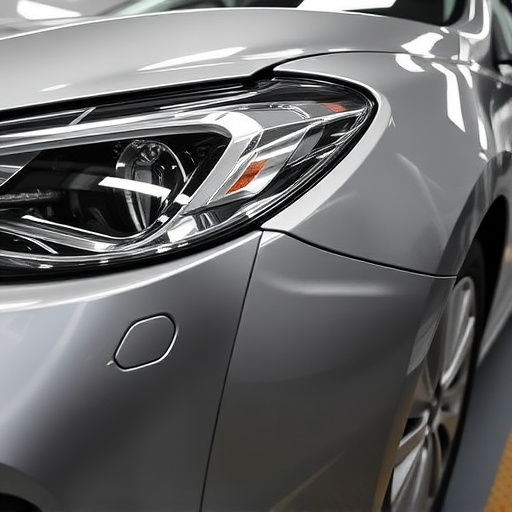
After an accident, a thorough alternator inspection is crucial before attempting any repairs or replacements. This involves carefully examining the alternator for any visible damage, such as cracks, leaks, or loose connections. During this process, ensure all components are unplugged to prevent electrical shocks. If you’re unsure about any aspect, consult with a professional mechanic to guide your assessment.
When replacing a faulty alternator, follow a structured procedure. Begin by removing the old one safely, taking note of its position and any connected wires or belts. Then, inspect the mounting surfaces for damage and make necessary repairs using a collision center’s expertise if car paint repair is involved. Next, install the new alternator, ensuring all components are securely fastened. Verify proper operation through testing before driving the vehicle again to prevent further damage from an alternator failure. Remember, prompt action following an accident can significantly reduce potential harm to your vehicle.
After an accident, a failed alternator can compound damage. To prevent further harm, conduct a thorough alternator inspection as part of your vehicle’s post-accident assessment. Look for signs of wear and damage, and remember safety is paramount during removal and replacement procedures. By addressing alternator issues promptly and correctly, you not only ensure the longevity of your vehicle but also drive away with greater peace of mind.
